Highland Park Independent School District (ISD) in Texas recently hosted a demonstration by Campus Guardian Angels, an Austin-based startup, showcasing Drone Technology designed to address active shooter threats at University Park Elementary School. As a UAV and FPV pilot, I approach this development with cautious interest, recognizing both the potential and the significant challenges of deploying drones in such high-stakes scenarios.
The system promises rapid response, but its practical effectiveness raises serious questions, particularly regarding connectivity, maneuverability, and safety in school environments. If a normal school enviroment is semi-chaotic, I cannot imagine having to race to a classroom with a lot of people running with fear.

Drone Technology and Its Proposed Role
Campus Guardian Angels’ drones are equipped with cameras, speakers, and less-lethal tools like pepper spray and flashbangs, intended to distract, disorient, or incapacitate a shooter. The system involves drones stored in on-campus charging boxes, remotely piloted from Austin by operators, including former military personnel and drone-racing experts. This part is the one that I TRUST the most.
CEO Justin Marston claims the drones can respond within five seconds, confront a shooter in 15 seconds, and neutralize them within 60 seconds by deploying in tactical waves.
Highland Park ISD’s Police Chief, Mark Rowden, expressed interest, noting the drones’ ability to provide real-time situational awareness, which is critical for law enforcement response.
I see the appeal of using drones for surveillance in emergencies. The ability to quickly locate a threat via onboard cameras could guide police more effectively than static security systems. However, the claim that drones can break windows to access a building and continue functioning seems dubious. The impact required to shatter glass would likely damage critical components like propellers or sensors, in many cases rendering the drone inoperable.
My experience with FPV Drones suggests that even minor collisions can disrupt flight stability, making this feature a risky one. The Lemur drone is one of the few exceptions were you can see that breaking a window and keep in the mission is possible.
Connectivity and Operational Challenges
Operating drones inside a large school building presents significant technical hurdles, particularly with signal reliability. School structures, with their thick walls, metal lockers, and multiple floors, create environments prone to radio signal interference. If we found radio interference flying in open skys, I know that signal loss is common in complex indoor settings, even with high-quality equipment. Campus Guardian Angels’ reliance on remote pilots in Austin amplifies this risk—any disruption in connectivity could leave drones stranded or uncontrollable, undermining their effectiveness in a crisis.

Brinc‘s LEMUR 2 drones, designed for tactical indoor use, face similar challenges. While BRINC emphasizes features like window-breaking lances and two-way communication, their drones are not immune to signal degradation in obstructed environments. My own flights in confined spaces or during real estate videos have shown how quickly radio connections can falter, especially around dense obstructions. The notion of drones navigating stairs and hallways while maintaining a stable link to a distant control center feels optimistic at best. Without robust, redundant communication systems, these drones risk becoming liabilities rather than assets.
Ethical and Practical Concerns
The idea of drones physically engaging a shooter—through kinetic impact, pepper spray, or flashbangs—also raises serious concerns. Campus Guardian Angels suggests drones could collide with a shooter at high speeds to cause injury, I question the feasibility and safety of this approach. Drones moving at 30–50 mph indoors, as claimed, could inadvertently harm students or staff in chaotic situations.
The precision required to target a shooter amidst panicked crowds is immense, and even skilled FPV pilots struggle with such dynamic environments. Additionally, deploying irritants like pepper spray in enclosed spaces risks affecting innocent bystanders, potentially escalating panic.

Boerne ISD, another district testing this technology, focuses on using drones for situational awareness rather than direct confrontation, a more realistic application. However, the cost—$15,000 for a box of six drones plus $4 per student monthly—adds financial strain to districts already struggling with security mandates. The ethical implications of militarizing school spaces with drones also warrant scrutiny, as they could normalize a surveillance heavy environment, impacting student well-being.
A cautious perspective
I recognize the innovative intent behind Campus Guardian Angels’ drone system. The potential for real-time surveillance to aid law enforcement is compelling, especially in light of tragedies like Uvalde, where delayed response cost lives.
However, the technical limitations—unreliable indoor connectivity, questionable window-breaking capabilities, and the risks of kinetic engagement—make me skeptical of their practical impact. My experience navigating drones in challenging environments underscores the fragility of radio connections and the difficulty of precise control in confined spaces.
Ultimately, while drones could supplement existing security measures, they are not a panacea. Schools must prioritize robust, human-centered solutions—trained staff, mental health support, and fortified infrastructure—over unproven technologies.
Drones may offer situational awareness, but their ability to neutralize threats without endangering students remains unconvincing. As a pilot, I urge districts to rigorously test these systems for reliability and safety before committing to their deployment, ensuring that innovation does not outpace practicality in protecting our children.
As a very innovative service that could save lives, is a great idea and we will like to see it in action. Meanwhile it has to be tested and we hope that in a real-life situation works as promissed.
Images courtesy of Campus Guardian Angels
Discover more from DroneXL.co
Subscribe to get the latest posts sent to your email.



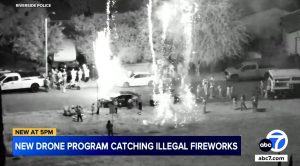

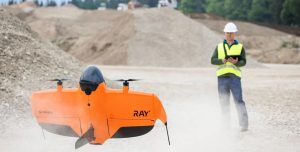

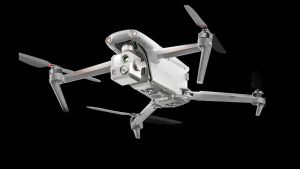

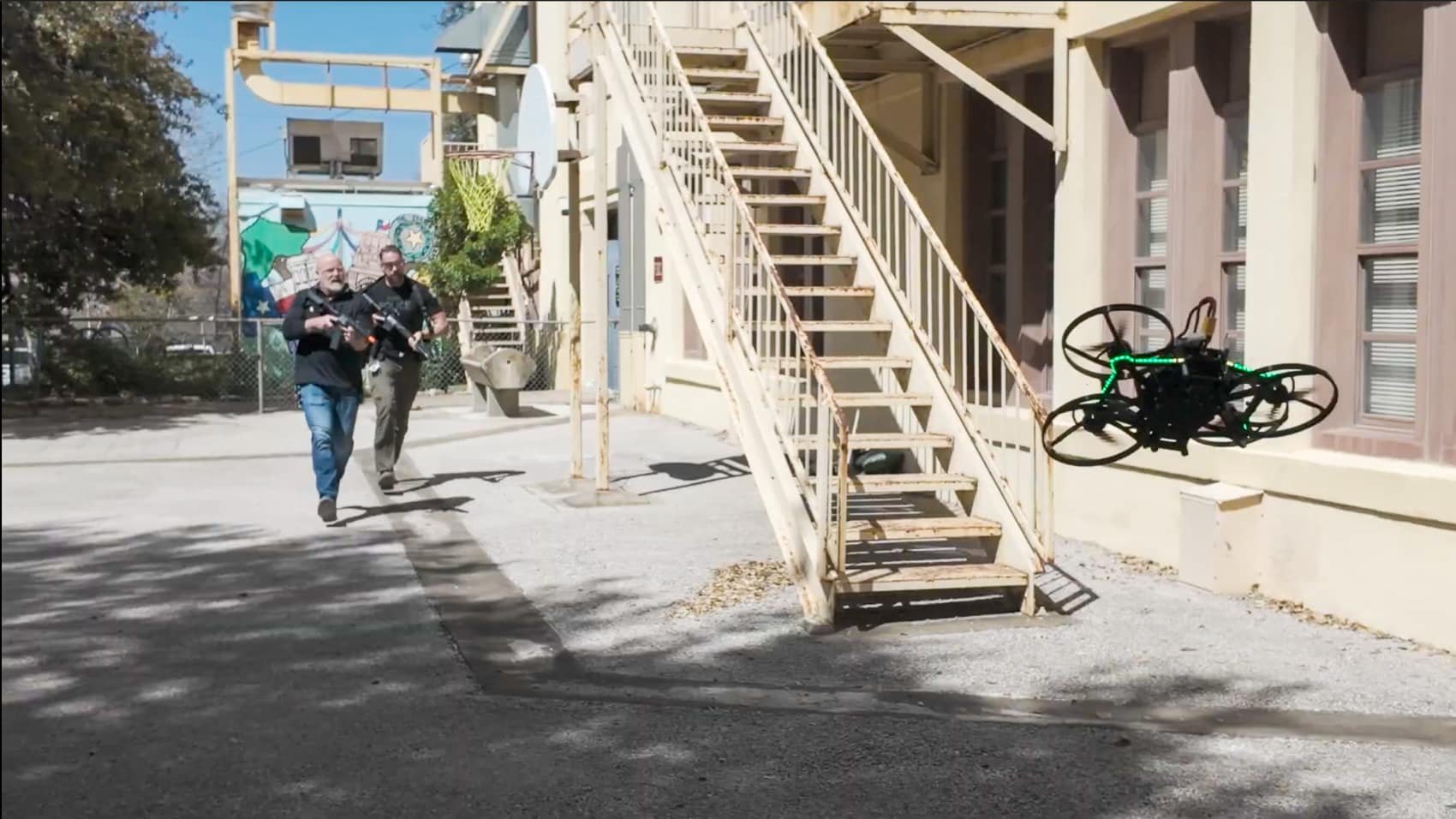

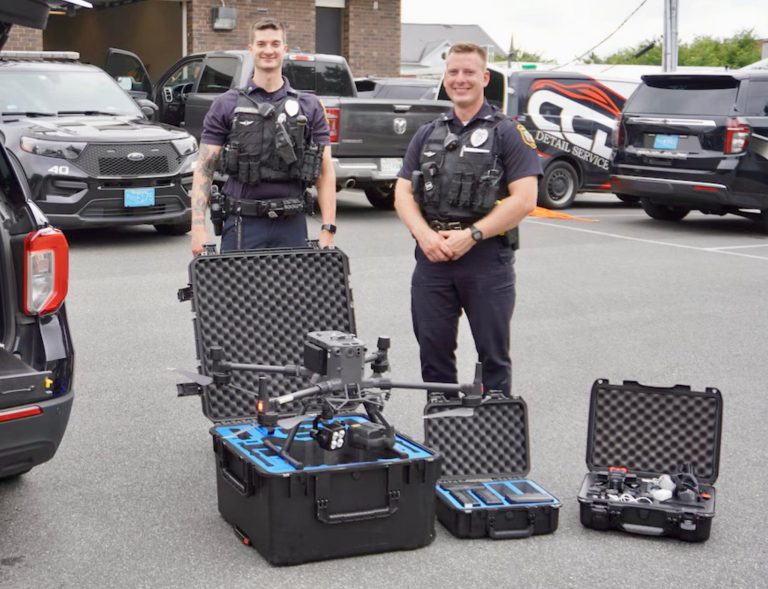
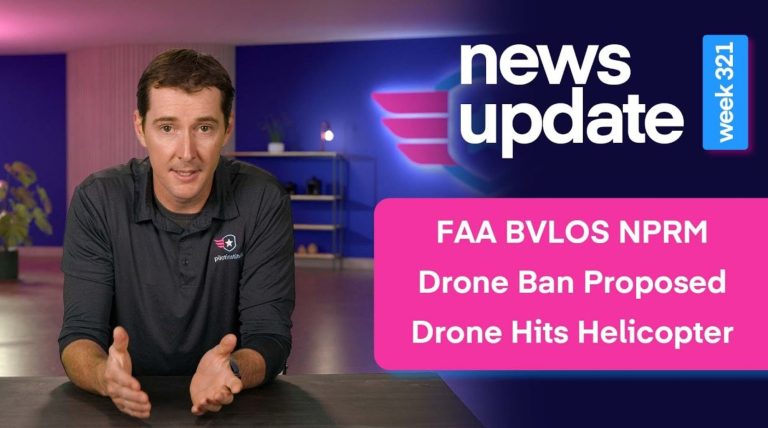




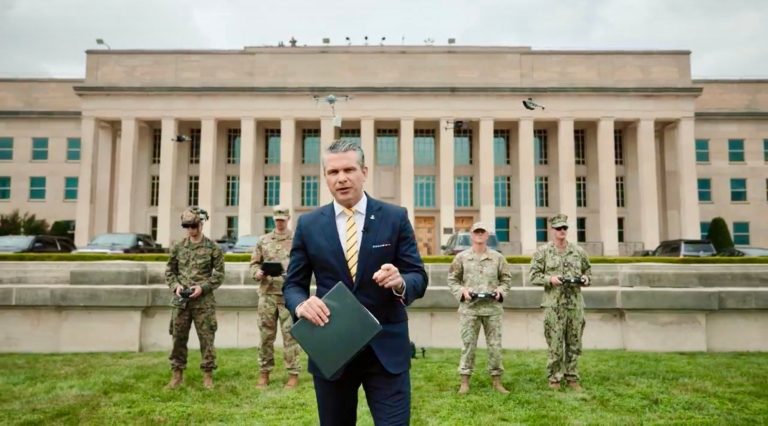
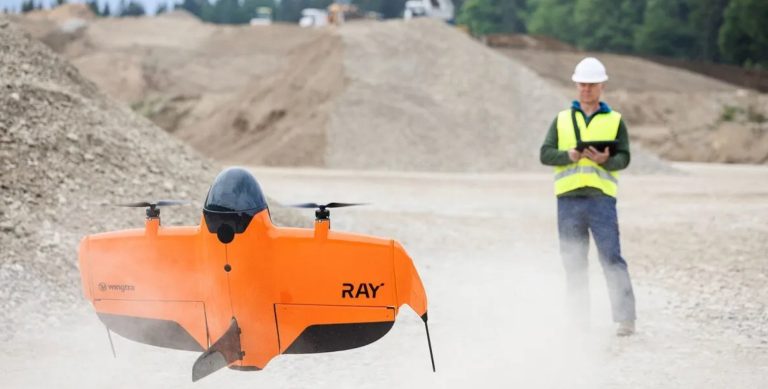
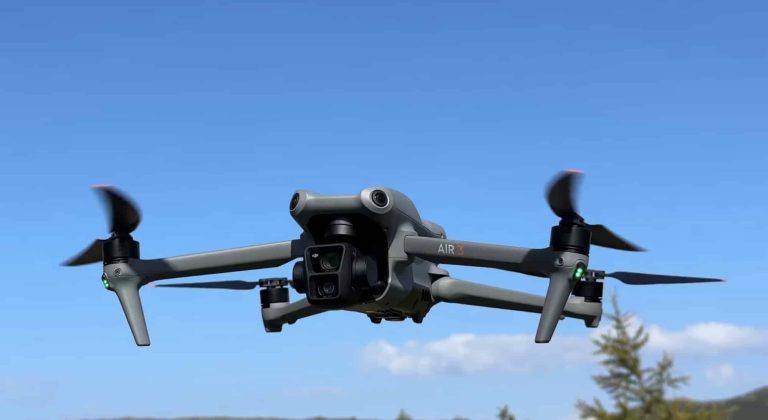
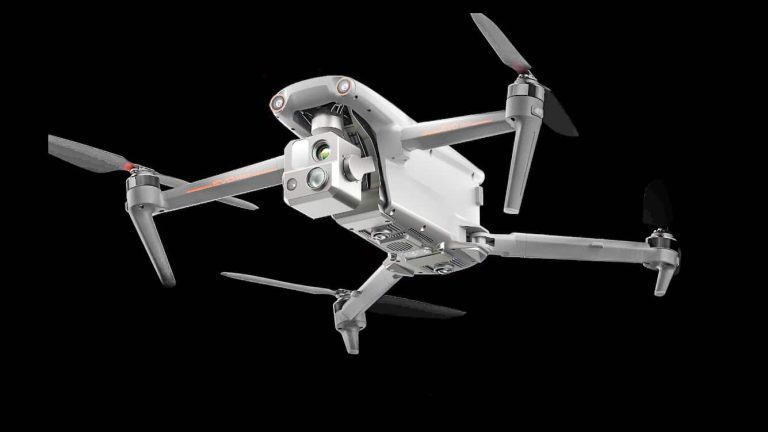
+ There are no comments
Add yours